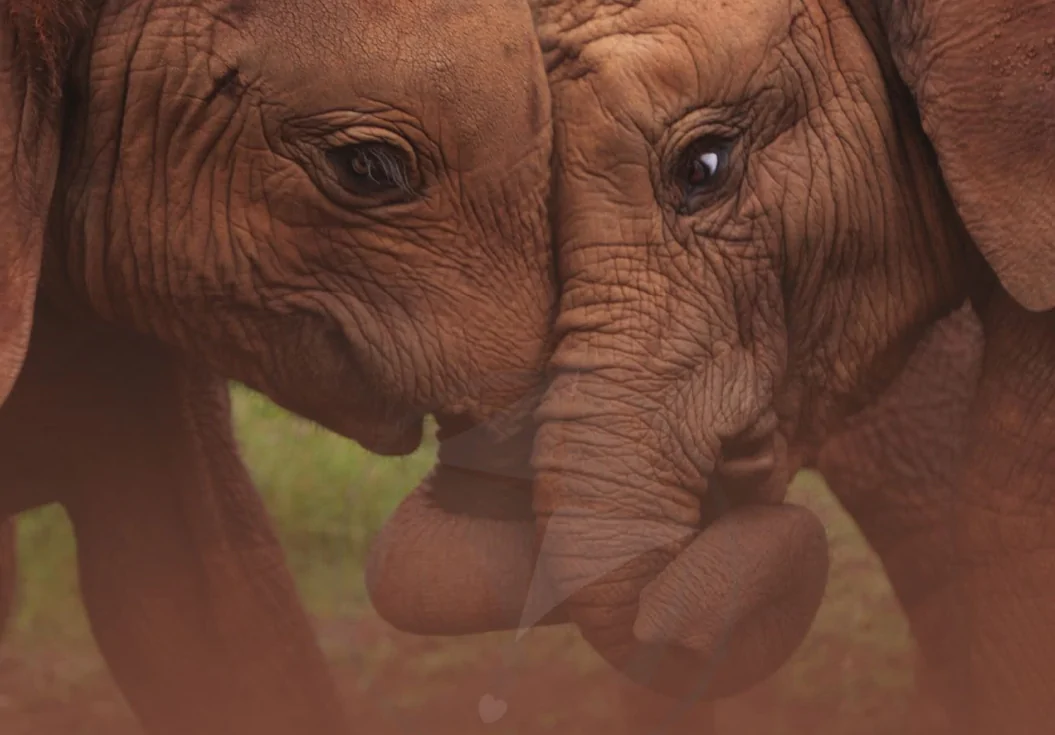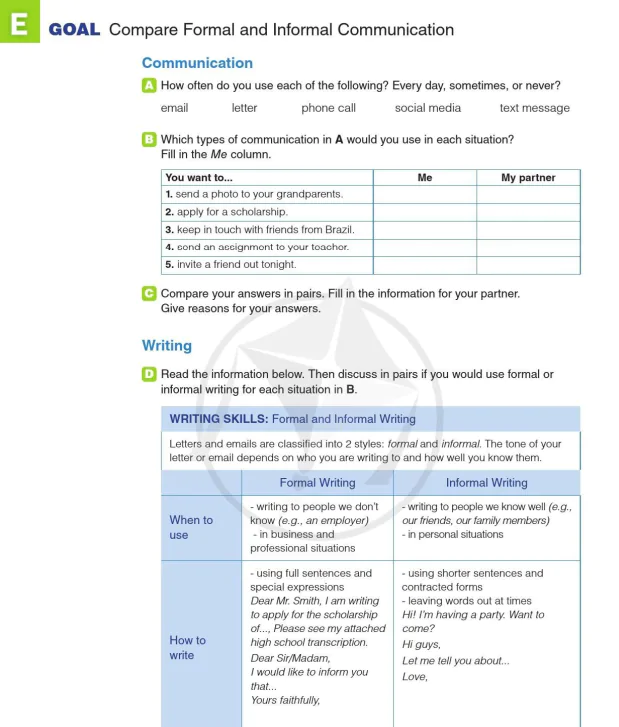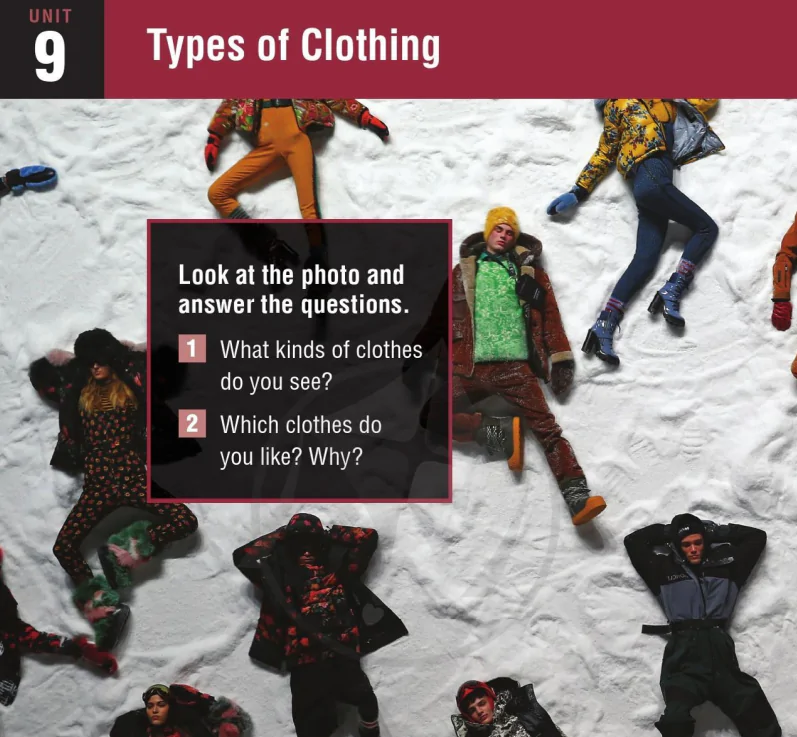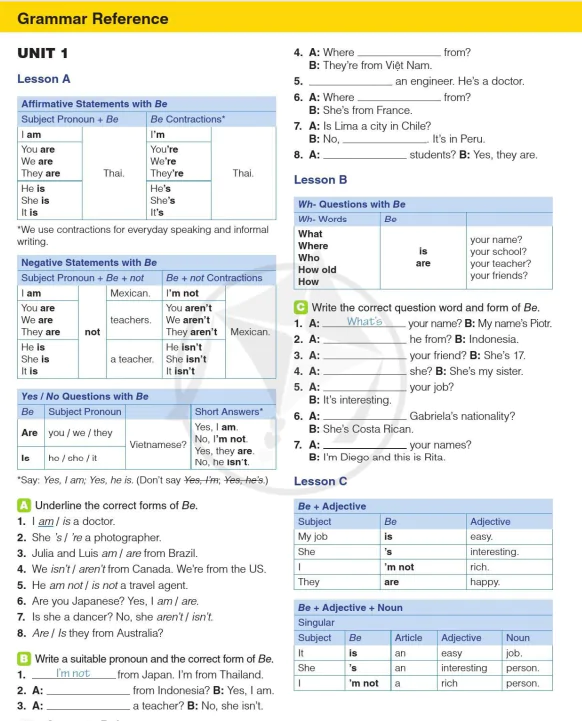Nội Dung Chính
(Page 82)
D GOAL Compare Types of Communication
Reading 🎧39 (Optional)
A Does each type of human communication use the sense of sight, hearing, touch, or more than one?
shaking hands smiling waving
writing kissing shaking your head
nodding your head laughing yelling
B Match these sentences to actions in A.
1. "I disagree with you." 4. "That's so funny!"
2. "I agree with you." 5. "Nice to meet you."
3. "I'm happy to see you." 6. "Goodbye."
C MY WORLD Do any of the examples of body language in A have a different meaning in your country? What are some examples of body language used in your country?
D Read the article. Match the words to the definitions.
__a__ 1. body language a. communication with the body
_____ 2. to greet b. feelings
_____ 3. emotions c. to do in a similar way
_____ 4. sense of humor d. to meet and say "hello"
_____ 5. to copy e. ability to have fun
E Are these actions done by humans, elephants, or both? Underline the supporting information in the article.
1. Speak with words and language __humans__
2. Spread ears to show anger or aggression _____________
3. Shake their head to disagree _____________
4. Shake their head to show they are happy _____________
5. Touch each other to show their feelings _____________
6. Laugh _____________
7. Have a sense of humor _____________
8. Copy sounds they hear _____________
✔️GOAL CHECK
In groups, describe at least one similarity and one difference between the different types of communication in each pair.
Human / Animal
• Face-to-face / Electronic
• Speaking / Writing
• Social media / Text
(Page 83)

Do you speak "elephant"?
As humans, we communicate using the senses of sight, touch, and hearing. We send messages with body language, we greet friends with touch, and we speak using words to show our emotions and ideas. Animals don't communicate in as many ways as humans-for example, they don't have language like we do-but many animals do also use the senses of sight, touch, and hearing. A good example of this is elephant communication.
Like humans, elephants understand each other by looking at each other's body language. To send a message, they use their whole body, or individually their heads, eyes, mouth, ears, trunk, tail, or feet. For example, elephants spread their ears to show anger. And while humans shake their heads to disagree, elephants do this to show they are happy.
As with humans, touch is also very important between elephants. Just like a human mother holds her baby, a mother elephant regularly touches her young calf with her trunk. Elephants also show they are friendly when they touch other elephants. And when they want to have fun, they hold each other by the trunk and pull, like in this photo. Even if they can't laugh like a human, elephants have a great sense of humor.
Elephants have very large ears, which means they can hear other elephants from as far as 2.5 miles away. Like humans, they can also copy sounds and make their own sounds that seem to communicate basic human words and phrases like, "Hello," "I love you," and "Let's go."
calf (n) a young elephant

































Bình Luận
Để Lại Bình Luận Của Bạn